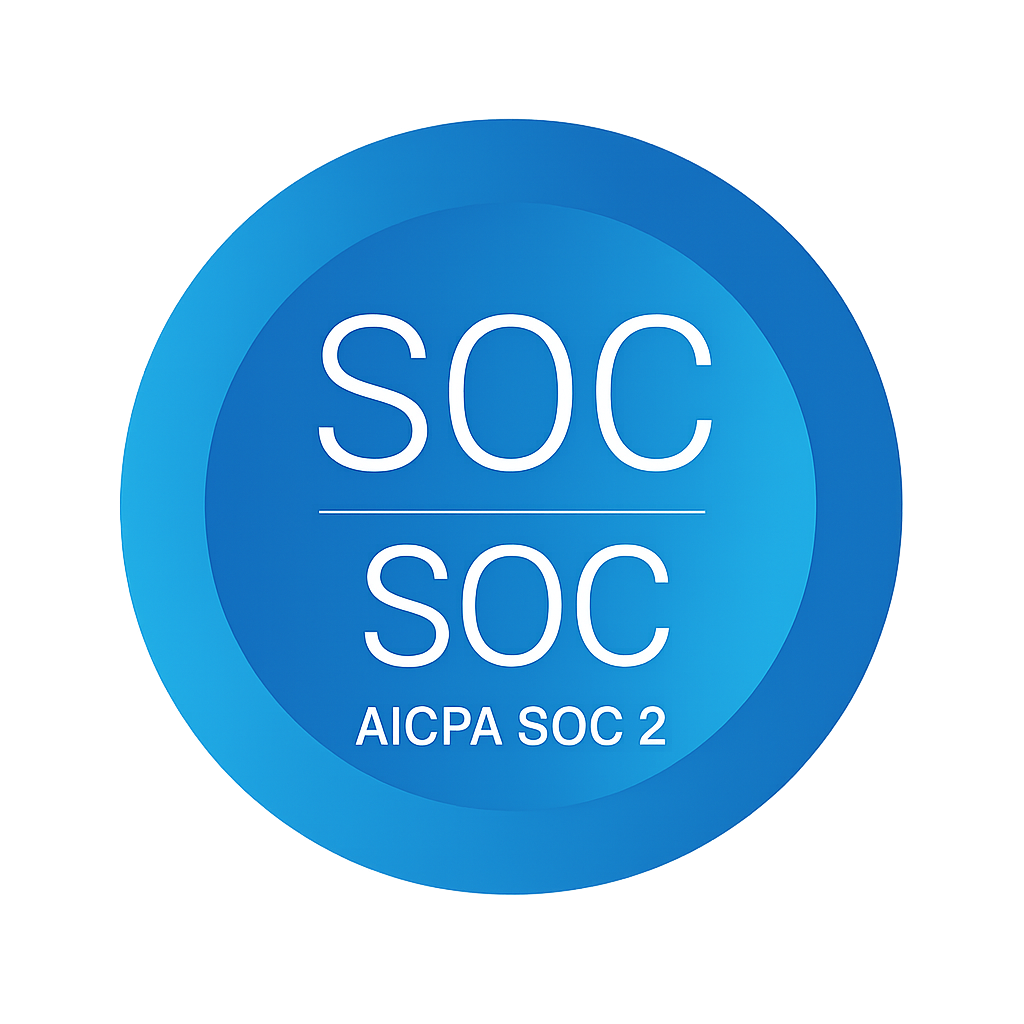In today's competitive market, businesses must prioritize understanding and meeting the needs of their customers. Customer-centric product development is not just a buzzword; it's a strategic imperative that can significantly impact a company's success. By placing the customer at the heart of the product development process, businesses can create products that resonate deeply with their target audience, drive customer satisfaction, and foster long-lasting loyalty.
Put Your Customers First
In today's competitive market, businesses must prioritize understanding and meeting the needs of their customers. Customer-centric product development is not just a buzzword; it's a strategic imperative that can significantly impact a company's success. By placing the customer at the heart of the product development process, businesses can create products that resonate deeply with their target audience, drive customer satisfaction, and foster long-lasting loyalty.

Understanding Customer Needs
The first step in customer-centric product development is to gain a deep understanding of your target audience. This involves conducting thorough market research, customer surveys, and interviews to gather insights into their pain points, desires, and preferences. By identifying the specific needs and challenges your customers face, you can tailor your product offerings to address them effectively.
Empathy Mapping
Empathy mapping is a powerful tool for understanding your customers on a more personal level. This technique involves creating a visual representation of your customer's thoughts, feelings, actions, and pain points. By stepping into your customers' shoes, you can gain valuable insights into their motivations and develop products that truly resonate with them.

Customer Journey Mapping
Customer journey mapping provides a visual representation of the customer's experience with your product or service. By mapping out the various stages of the customer journey, from awareness to purchase and beyond, you can identify opportunities to improve the customer experience and increase customer satisfaction.
Continuous Feedback Loops
Effective customer-centric product development requires a constant feedback loop. By actively seeking and incorporating customer feedback throughout the product development process, you can ensure that your product aligns with evolving customer needs and preferences. This can be achieved through customer surveys, social media monitoring, and customer support interactions.
Co-Creation and Involvement
Involving customers in the product development process can lead to more innovative and customer-centric solutions. Consider co-creation initiatives, where customers collaborate with your team to design and develop new products. This not only fosters a sense of ownership among customers but also provides valuable insights into their preferences and needs.
Agile Product Development
Agile methodologies, such as Scrum and Kanban, are well-suited for customer-centric product development. These frameworks emphasize iterative development, flexibility, and collaboration, allowing teams to respond quickly to changing customer needs and market trends.
A/B Testing and Experimentation
A/B testing and experimentation are essential for validating product hypotheses and optimizing customer experiences. By conducting controlled experiments, you can gather data-driven insights into which features and designs resonate most with your customers.
Customer Success Metrics
To measure the effectiveness of your customer-centric product development efforts, it's crucial to establish key performance indicators (KPIs) that track customer satisfaction, loyalty, and retention. These metrics can include customer satisfaction scores, net promoter scores (NPS), and customer lifetime value (CLTV).
Case Study: A Customer-Centric Success Story
A well-known example of customer-centric product development is Zappos, an online retailer known for its exceptional customer service. By prioritizing customer satisfaction and building a strong customer-centric culture, Zappos has achieved remarkable success and established itself as a leader in its industry.
Conclusion
Customer-centric product development is a strategic approach that can drive business growth and success. By understanding your customers' needs, empathizing with their experiences, and involving them in the product development process, you can create products that truly resonate with your target audience and foster long-lasting loyalty. By adopting a customer-centric mindset, your business can stay ahead of the competition and deliver exceptional value to your customers.
Ready to embark on a customer-centric journey? Connect with BayRock Labs today to learn how we can help you build products that your customers love.



















.png)

.png)








